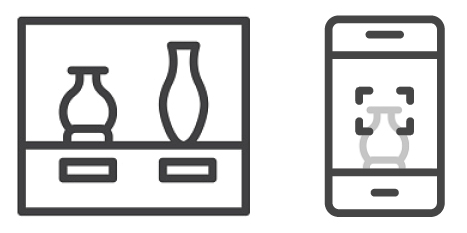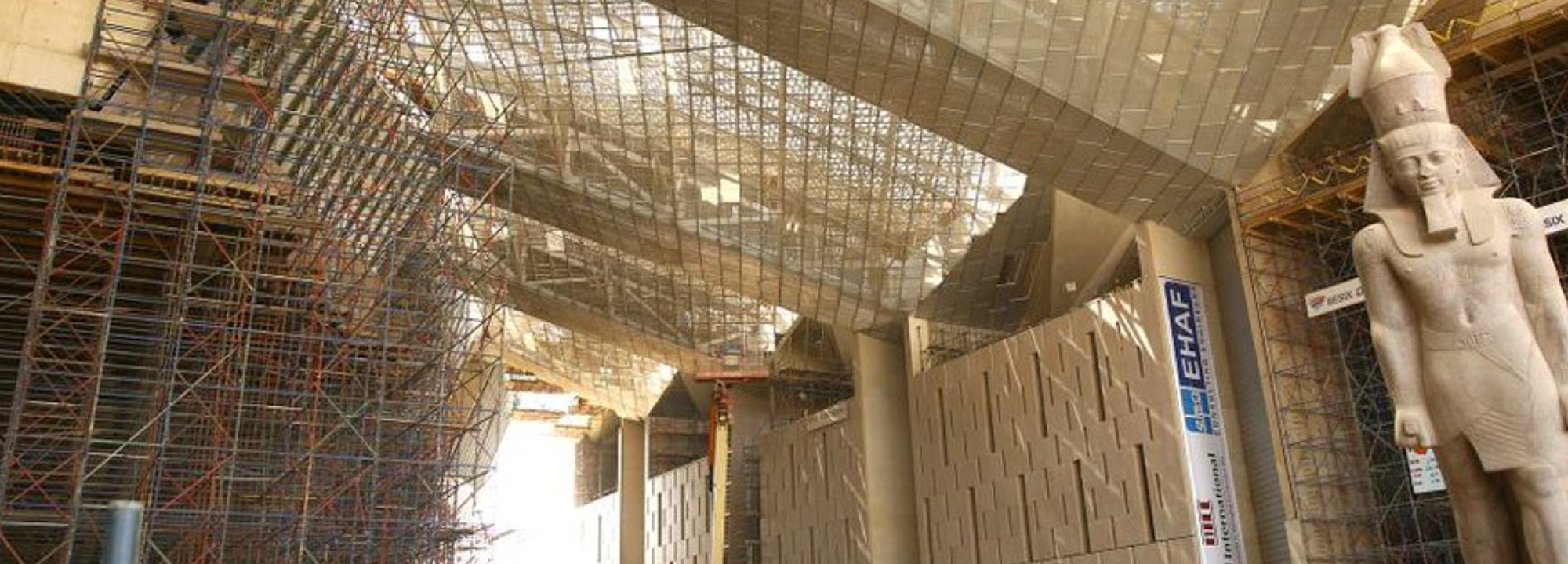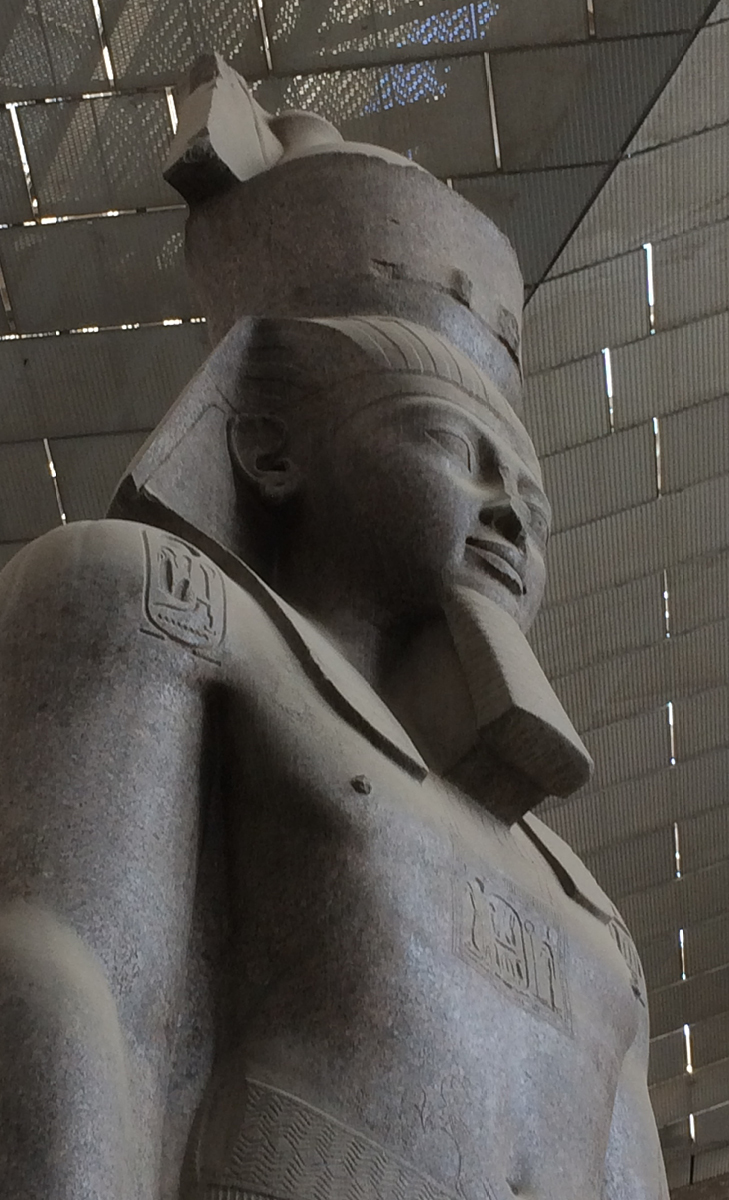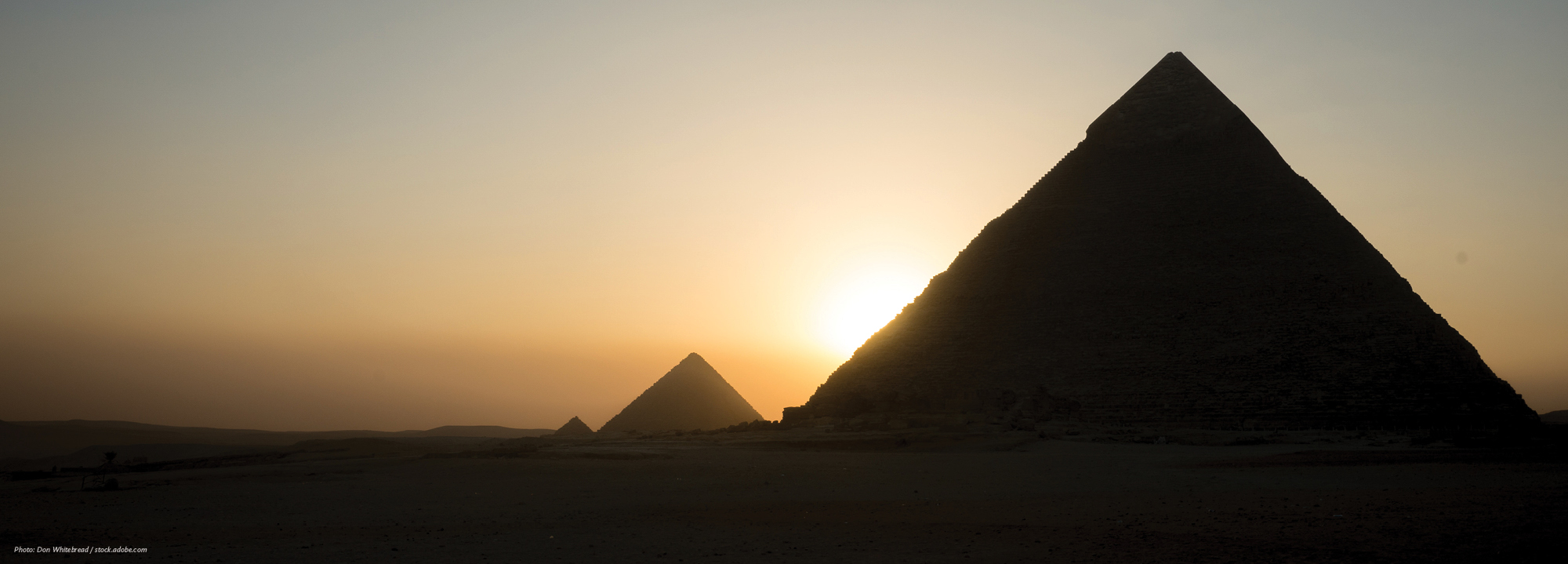
When Zoe McQuinn (BA ’98) looks out the window at her workplace, she no longer sees the concrete jungle of Toronto. Instead, she has a perfect view of the Pyramids of Giza near Cairo, Egypt.
The Laurier alumna arrived in Egypt in June 2019 with the extraordinary task of helping prepare educational programming at the soon-to-open Grand Egyptian Museum. The museum, also referred to as the “GEM,” is a monumental project that had its origins in 2006. When it opens, the Grand Egyptian Museum will be the largest museum in the world dedicated to a single civilization.
Just how massive is the museum?

Zoe McQuinn

“The building is 120 acres, the exact same size as the farm I grew up on near Brantford,” says McQuinn. “It puts it in perspective in such a personal way.”
Working at the Grand Egyptian Museum is a dream job for McQuinn, whose love of archeology began when she was a young girl.
“I liked getting dirty and I dug a lot of holes in fields,” says McQuinn. “I didn’t even realize studying archeology was an option until my high school guidance counsellor told me. Despite my parents’ somewhat reluctance, they let me go, and it was the right fit. From the moment I walked into my first class, I felt like I had finally found what I was supposed to do.”
– Zoe McQuinn
While studying archeology at Laurier, McQuinn had her first experience working at an international location. She jumped at the chance to gain hands-on experience excavating at two archeological dig sites in Jordan with Professor Emeritus Michele Daviau.
“It was such an interesting experience, especially the meeting of the minds in the search for knowledge and protection of heritage,” says McQuinn. “Archeology is a community that is full of people who are passionate about history.”
After graduating from Laurier, McQuinn pursued her master’s and PhD at the University of Toronto, then started working at the Royal Ontario Museum. It was a situation that allowed her to work as an archeologist and museum professional, what she calls two sides of the same coin.

“It’s the perfect combination because not only do I get to help find new discoveries and new information about past life, but I get to share it with the public,” says McQuinn. “Museums have this amazing ability to be a bridge between the past and the present and help us put a spotlight toward the future.”
McQuinn’s education and experience, plus her depth of knowledge about Middle East history, helped her stand out in the eyes of those hiring staff at the Grand Egyptian Museum. McQuinn was asked to join a team of professionals creating education and visitor experience programming.
•••


The GEM building, which will house about 100,000 artifacts from Egypt’s 7,000-year history, lies between the ancient Pyramids of Giza and the city of Cairo. The top level of the museum boasts an impressive view of the iconic pyramids, as well as the bustling city.
“The first time I walked in the building, it took my breath away,” says McQuinn. “This is a legacy for the world. In a lot of ways, it’s the first of its kind. This giant cultural landscape allows you to connect with the past in so many different ways.”
McQuinn’s favourite feature of the museum – a 30-foot tall statue of Ramses II – stands sentinel inside the front entrance. Leading up a grand staircase are dozens of statues from pharaonic Egypt that create a chronological history of the ancient civilization. Galleries showcasing four eras of Egyptian history house thousands of artifacts and there is a gallery dedicated to Tutankhamun, arguably the most famous pharaoh of ancient Egypt.
The new museum also includes a conservation centre that will be used to help protect and restore artifacts. The GEM’s conservation centre is expected to be the largest in the Middle East.
In addition to the main museum, the GEM will also feature an education centre, special needs museum and children’s museum, all dedicated to providing enriching learning experiences to people of all ages and abilities.
McQuinn’s role includes developing educational programs, curating interpretive design and creating accessible experiences.
“The idea that people will walk through those galleries and read my words is pretty exciting,” she says.
While the work McQuinn is undertaking with her GEM colleagues from around the world is invaluable, it’s also part of an effort to decolonize Egyptian history.
“Egyptology as a discipline for many years was not for Egyptians,” says McQuinn. “A lot of the publications still are in English, French, German or Italian. It’s not accessible in Arabic because of the colonial history of Egypt. We’re taking steps in the decolonization process to ensure that the past doesn’t keep impacting the present and future in negative ways.”

Ramses II
The GEM's opening – planned for 2020 – has been postponed until 2021 due to the COVID-19 pandemic. McQuinn has remained in Egypt to finish her work. She says the museum has taken every precaution, including having the majority of staff working remotely and holding virtual meetings rather than in person. Gloves and masks are provided when needed.
McQuinn says she is concerned for everyone’s safety, but is trying to focus on the future.
“This is where my job is,” she says. “I'm really dedicated to the project and wouldn’t be able to work from home. We are at an essential point in the museum’s timeline.
“So I’m thinking about all the great things that are going to happen when the museum opens and I get to go hug my family again.”
Despite current challenges, every day at the GEM brings something new for McQuinn. One day she might witness the opening of a box of antiquities that’s never been catalogued, the next she might be working on labels for the Tutankhamun gallery, or hosting outreach programs with local schools. She says being part of the team working to open the museum has been a humbling experience.
“I wish I could tell my 18-year-old self, walking into Archeology 101 for the first time, ‘Honey, you don’t even know where you’re going yet – it’s going to be amazing,’” says McQuinn. “When I started this journey, I just wanted to do what I loved. The fact that I’ve been able to not only do what I love, but also be a part of what I think is one of the most important archaeological and museum moments in Egyptian history, makes me feel very honoured."
